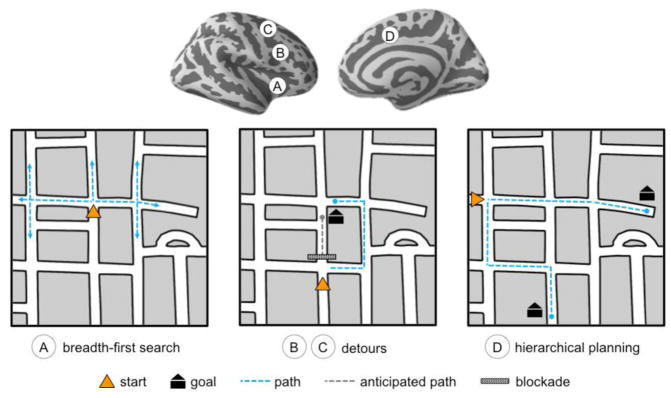Figure 5. Frontal areas involved in planning during navigation.
A number of prefrontal areas have been identified that support navigation in humans. Inferior lateral prefrontal activity has been shown to correlate with the number of possible paths available at a choice point (A), while lateral PFC and superior frontal gyrus activations have been found when participants encounter a detour and need to find an alternative way (B&C). Hierarchical planning involves dorsal-medial frontal areas, independent of distance to the goal. In the example shown in D, the two routes the goals are equal in length, but one involves multiple turns and street segments, and intersections where decisions need to be made thus requiring a hierarchical route plan.

